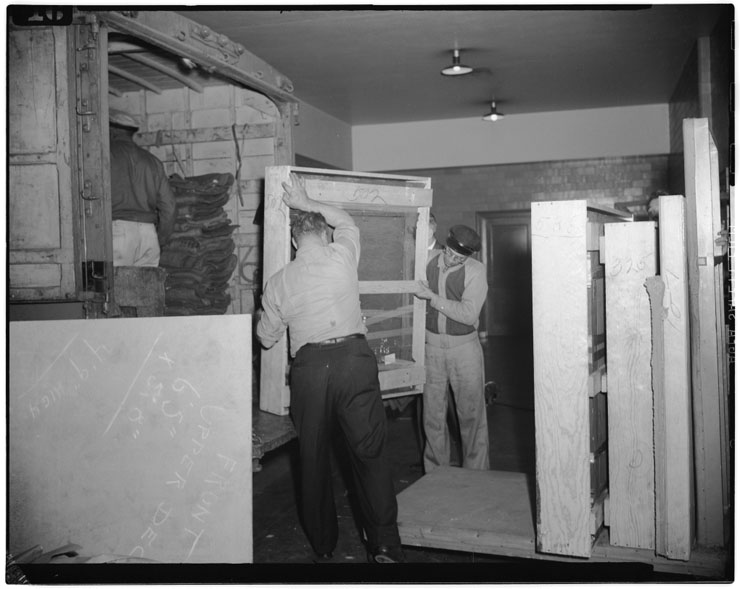Where the National Gallery hid America’s treasures after Pearl Harbor

(National Gallery of Art)
SUMMARY
We remember the December 7, 1941, attack on Pearl Harbor as the beginning of America's full involvement in WWII. 1942 saw the Doolittle Raiders strike back at the heart of Japan in April, the Battle of Midway turned back the Japanese fleet in June, and the Guadalcanal campaign saw the U.S. go on the offensive in August. However, the threat and fear of an invasion of the mainland was very real. Especially in coastal communities, wartime preparations were made, like the construction air raid bunkers and distribution of gas masks. In Washington, D.C., actions were taken to preserve the nation's treasures from an invading army.
Hitler's conquest of Europe brought death, destruction, and suffering to millions. As if that weren't enough, the genocidal dictator was also bent on collecting art and valuables from across the continent and around the world. With German U-boats prowling the American east coast, the National Gallery of Art in D.C. needed a safe place to store its prized pieces. The Gallery's new director, David Finley, knew the perfect spot: the Blue Ridge Mountains of North Carolina.
Built for George Washington Vanderbilt II between 1889 and 1895, Biltmore House is the largest private house in the United States. Located on 125,000 acres (now 8,000 acres) in Asheville, North Carolina, Vanderbilt used it as a summer home and mountain retreat. A prominent art collector himself, whose collection includes pieces by Claude Monet and Pierre-Auguste Renoir, Biltmore's mansion was constructed with fireproof limestone. Combined with its remote location, Biltmore House was an ideal storage site for the National Gallery.
Although Vanderbilt passed away in 1914, Finley's request to house art and sculptures in the Asheville home was graciously granted by his widow, Edith. While Biltmore House was open to the public for tours, the reason Finley knew of its suitability to begin with, the home held a secret location that was perfect for the National Gallery. On the first floor, the Music Room remained unfinished and closed off to the public, covered with curtains as if there was nothing there. After being refitted with steel doors and other protective measures, it was ready to house America's treasures.
In January 1942, guards escorted 62 paintings and 17 sculptures from Washington, D.C. to the Biltmore Estate. They arrived on January 8 and were placed in the Music Room where they remained under 24-hour armed guard until October 1944. During that time, Biltmore House remained open to the public, with guests walking by the still-hidden Music Room and the priceless national treasures that it housed. Viewing it as a national service, Edith did not charge the National Gallery for the use of the room.
SHARE
